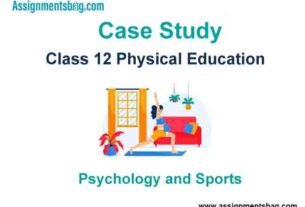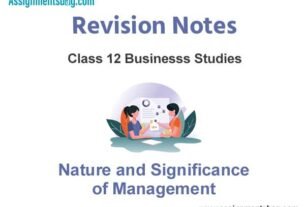Please refer to Chapter 5 Children and Women in Sports Case Study Questions with answers provided below. We have provided Case Study Questions for Class 12 Physical Education for all chapters as per CBSE, NCERT and KVS examination guidelines. These case based questions are expected to come in your exams this year. Please practise these case study based Class 12 Physical Education Questions and answers to get more marks in examinations.
Case Study Questions Chapter 5 Children and Women in Sports
Data-Based Questions:
Given below is the chart which depicts the distribution of children in various age-groups in a locality:

On the basis of the pie-chart given above, answer the following questions:
Question. The locality has a jungle gym. Which age-group(s) do you think it would benefit?
(a) Early and middle childhood
(b) Infanthood and teenage
(c) Late childhood and infanthood
(d) None of these
Answer
A
Question. In late childhood when a child hits puberty, what is likely to be her/his age?
(a) 10 years
(b) 9 years
(c) 13 years
(d) 12 years
Answer
D
Question. A child who is almost able to converse at an adult level belongs to
(a) infanthood
(b) early childhood
(c) middle childhood
(d) late childhood
Answer
C
Picture-Based Questions:
Identify the following asana and write the name of the postural deformity that it is helpful in treating:

Answer: Dhanurasana – Kyphosis

Answer: Halasana – Lordosis

Answer: Padmasana – Knock Knee

Answer: Trikonasana – Scoliosis
Case-Based Questions:
A female athlete has an abnormal eating behaviour and suffers from Anorexia Nervosa.
On the basis of the case given, answer the following questions:
Question. Which of the following symptoms confirm Anorexia Nervosa?
(a) Fatigue and insomnia
(b) Frequent visits to the washroom
(c) Damaged teeth enamel
(d) Visible broken blood vessels in eyes
Answer
A
Question. What can possibly help the athlete manage her condition?
(a) Physiotherapy
(b) Psychotherapy
(c) Anti-inflammatories
(d) Escapism
Answer
B
Question. Which of the following cannot possibly be a reason behind the behaviour?
(a) Madness for perfection
(b) Pressure of conforming to standards
(c) Genetic inheritance
(d) None of these
Answer
D



